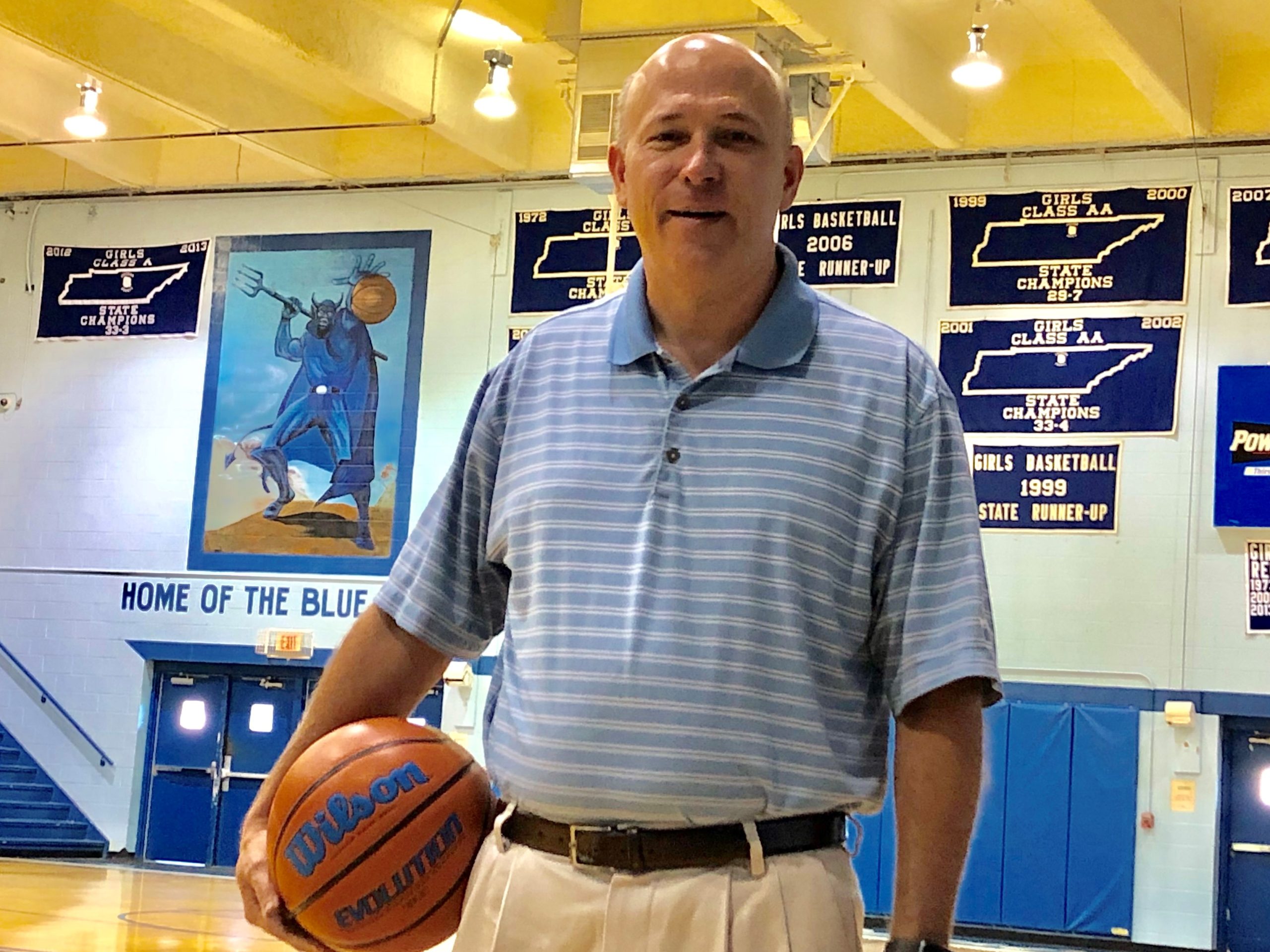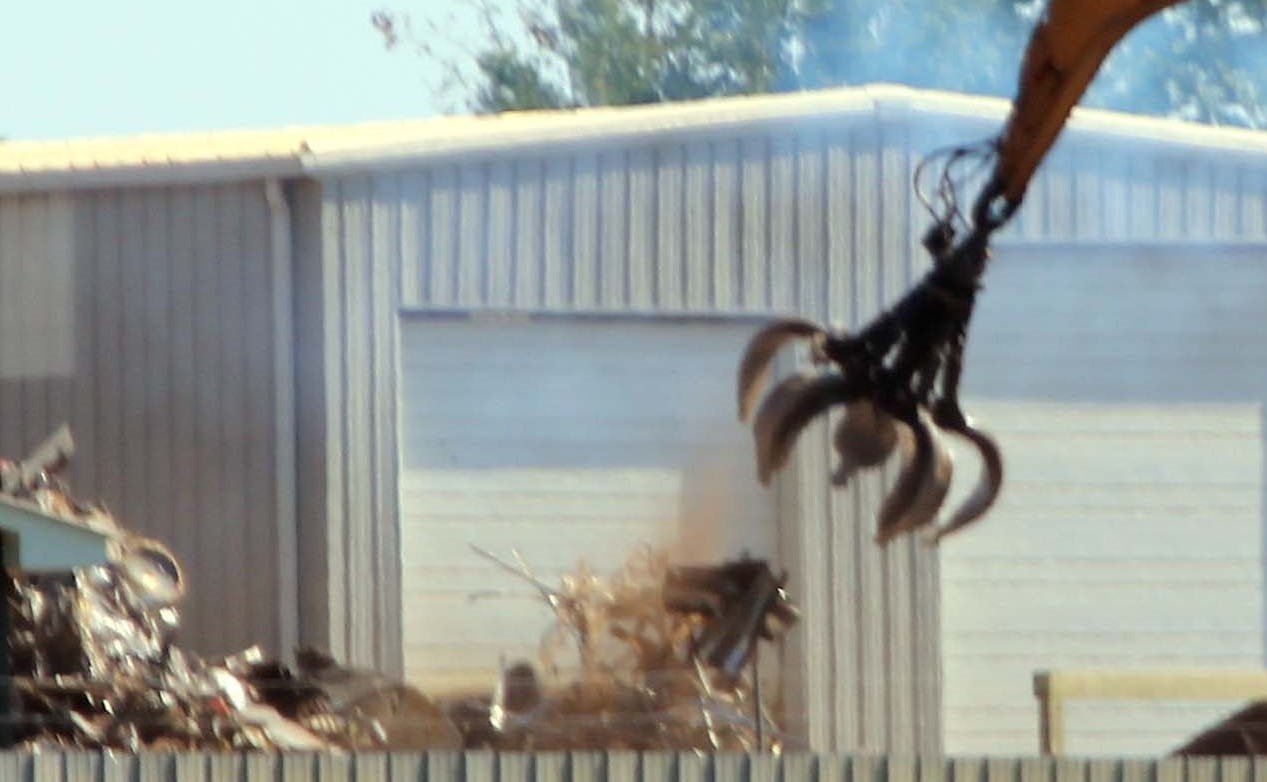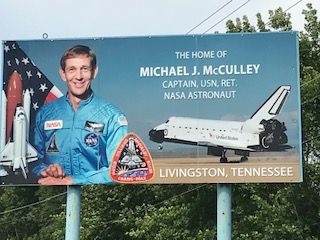Where Glass and Light Meet

“Where there’s smoke, there’s fire, and where there’s fire, there is potential for glass. Where there is glass, there is light. Where glass and light meet, you may find magic.”
This piece was created for you by Curtiss Brock. If you receive a beautiful piece of glass art as a gift, you might find this tag on the bottom. If so, you are the proud owner of a much-coveted creation made locally by a celebrated Upper Cumberland craftsman. Curtiss Brock is an established glass artist with work in more than 25 museum collections around the world. His art lights up the room at the Appalachian Center for Craft in Smithville. As if that’s not enough to keep him busy, he heads up the glass department at Tennessee Tech, bringing along the next generation of glass artisans.
The art professor founded his company CB Glass as a vehicle for developing limited-edition blown glass pieces. His focus is on function and originality of design as he challenges himself as a craftsman and designer to create affordable, yet beautiful, unique pieces. “I don’t want people to have to take out a second mortgage on their home just because they fall in love with a piece of glass,” Brock jokes. We recently visited the Appalachian Center for Craft with Upper Cumberland Tourism Director Ruth Dyal. We were fascinated with the design, colors, and craftsmanship of Brock’s pieces on display in the gallery. Brock was so kind as to answer the many questions we had about his work when we caught up with him between classes at TTU:
When did you first develop an interest in working with glass?
I first started working glass when I went to college in 1980. I was working in wood and other materials. Still, my roommate was a glassblower, and in the evenings, he would have me come to the studio and help him. Unlike woodworking, much of glass blowing is a team effort. I became fascinated with the team approach to art as well as this magnificent material.
What “speaks to you” about glass that led you along this path?
Glasses of credible material can be soft, hard, transparent, opaque, sharp, or smooth. There are so many different processes and approaches you can take to turn it into anything you want. The government has always been interested in glass for its malleability and optics in various projects.
How would you describe the experience of glass art to a novice?
Working with glass is different from most things are in life. Say you wanted to learn how to run a marathon. Well, at least you had walked before and had some general idea of how to begin your first step. Or say you wanted to write a book. Most likely, you can at least write a declarative sentence, and there’s a place to start. But with glass, most people have no prerequisites or previous experience. It’s a whole new learning experience; everything from learning the skill of handling the material to figuring out what it is you want to do with it as an artist or creative person.
Is working with glass hazardous?
Anytime you work around furnaces that are 2000°, you run the risk of being burned. It’s just part of the process. But in general, you can make it through my intro class without ever having being burned because the course is set up in such a way that makes it very safe. I would be lying if I said I had never been burned, but the better I get at working glass, the fewer burns I get. It’s just an experience thing. The same could be said about burning yourself in the kitchen when you’re learning to cook.
Are glass studios an expensive undertaking?
The Appalachian Center for Craft has one of the most beautiful glass studios in the country, and I built a large part of the hot glass equipment myself. It’s not something you make “once and done” because most of the machines see excessive temperatures from 1000 the 2400° and is in a constant state of slow decay. Over the years, I’ve learned how to develop better, stronger, and most importantly, more efficient equipment. You don’t touch the glass with your hands in the hot process, so the specialized tools you use become extensions of your hands. Each glass project can be expensive and complicated and might take years of practice and hard work. It’s different than if you had a woodshop. When you aren’t using the woodshop, you can turn off the lights and go home. In the glass studio, the furnace is running 24 hours a day, seven days a week, and we are either charging and adding glass to the stove or removing the glass and making works of art. Most of my students are working shifts of 3 to 6 hours in the studio off and on. Some shifts start as early as 6 a.m. and sometimes run as late as midnight.
Approximately how much time do you spend on each piece, and how do you determine the price?
There’s an old saying in the glass world: when someone asks you how long it took to make a piece, you reply “two hours and 25 years.” Twenty-five years to get the experience to work for two hours and produce highly-skilled work. I price my work in several different ways. It’s no different than pricing other art products in the marketplace. You add material costs, the time spent on that piece, the overhead, and calculate that along with the skill required. The uniqueness and beauty of that given object are also considered.
Where are some of the other places we may find your work?
My work is shown and sold here at the Appalachian Center for Craft gallery as well as other galleries across the country. Pieces can be purchased through an online store called the Artful Home.
Since UCEMC is in the business of providing power for light, how important is our work, to your work?
The power that UCEMC provides is critical in many ways when working in glass. I use it to light the studio so I can see, and an integral part is the power needed for all the electric ovens. The blowers used to cool the glass, and the systems used to run all of the equipment safely, are all-electric. We’re always on the watch for a blackout as we must keep the furnace running during those times. When electrical power isn’t provided, we have to set up a generator. We’re grateful for all of the effort and technology UCEMC has put into keeping the power on. In comparison to other states, the Upper Cumberland is still economical in terms of the cost of electricity. For this reason, a number of my students have set up electrical blast furnaces instead of gas.
Then, of course, there is the crucial part light plays in the display of our work; once a piece is in the gallery, light reflects, refracts, and shows off the colors, cuts, and design of our art. Light brings glass to life.
Where do you find inspiration for your unique pieces?
My inspiration comes from many factors. Nature plays a significant role. I also work hard to be creative and come up with unique and different approaches to working with glass. Some of my work is sculptural, while other pieces, like the lamps, are more functional. Whether it is a sculpture or a functional wine glass, I hope that they can bring a higher level of joy and quality into the owner’s life. Ideas, everyone has them, but my job is to select a few of my better ones and bring them into reality. The only way I know how to do this is through a lot of hard work, some calloused hands, and a clear idea of what I feel brings quality to a handmade object.
Do you work in other mediums?
Glass can be used with lots of different materials. I also work in wood or metal or anything that I feel would support the glass and work well together.
(12) Some of your pieces are functional in the home. Tell us about those.
I have two different styles and directions for my work; a line of more functional pieces, like my bowls and lamps, which are designed and signed by CB Glass. These are decorative objects that are often used in the home or given as gifts. Then there are my “one-of-a-kind” art designs. These pieces take hours and hours to make, and each one is unique. Altogether they represent the 30 years of my life that I have dedicated to working glass. Museums and collectors around the world feature my pieces. I have pieces in more than 25 museum collections. They can be challenging to find on the internet, but the easiest way is to check out my website Curtissbrock.com.
Curtis Brock’s collection is currently on display and available for purchase at the Appalachian Center for Craft, 1560 Craft Center Drive, Smithville, Tennessee, 37166.
###</code></pre>







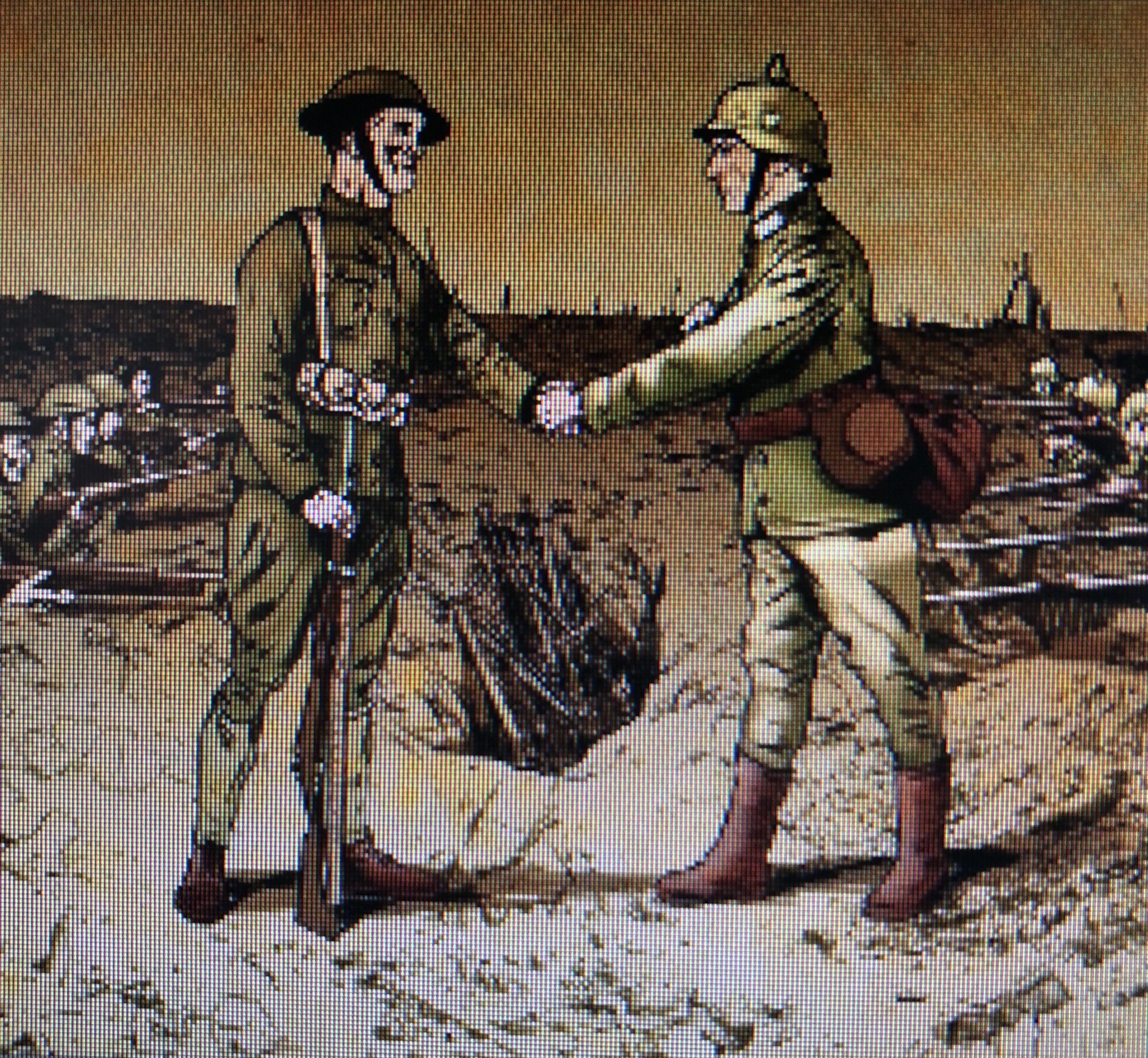

 Entering the 1806 General Store is stepping into a time machine. Hearing your footsteps on the old floorboards, popping your pennies in the gumball machines, and shopping the selection of vintage toys will take you back. The toys lining the original old shelves of the store are from the Baby Boomer generation, and earlier. If you were born after 1985, these games seem foreign. To those of us who spent recess with these classics, they’re like old friends: Pic-Up-Stix, Slinky, Wooly Willy, and Mr. Potato Head. Gumby and Pokey. Maybe it didn’t take that much to entertain us back in the day, but we loved these toys.
Entering the 1806 General Store is stepping into a time machine. Hearing your footsteps on the old floorboards, popping your pennies in the gumball machines, and shopping the selection of vintage toys will take you back. The toys lining the original old shelves of the store are from the Baby Boomer generation, and earlier. If you were born after 1985, these games seem foreign. To those of us who spent recess with these classics, they’re like old friends: Pic-Up-Stix, Slinky, Wooly Willy, and Mr. Potato Head. Gumby and Pokey. Maybe it didn’t take that much to entertain us back in the day, but we loved these toys. 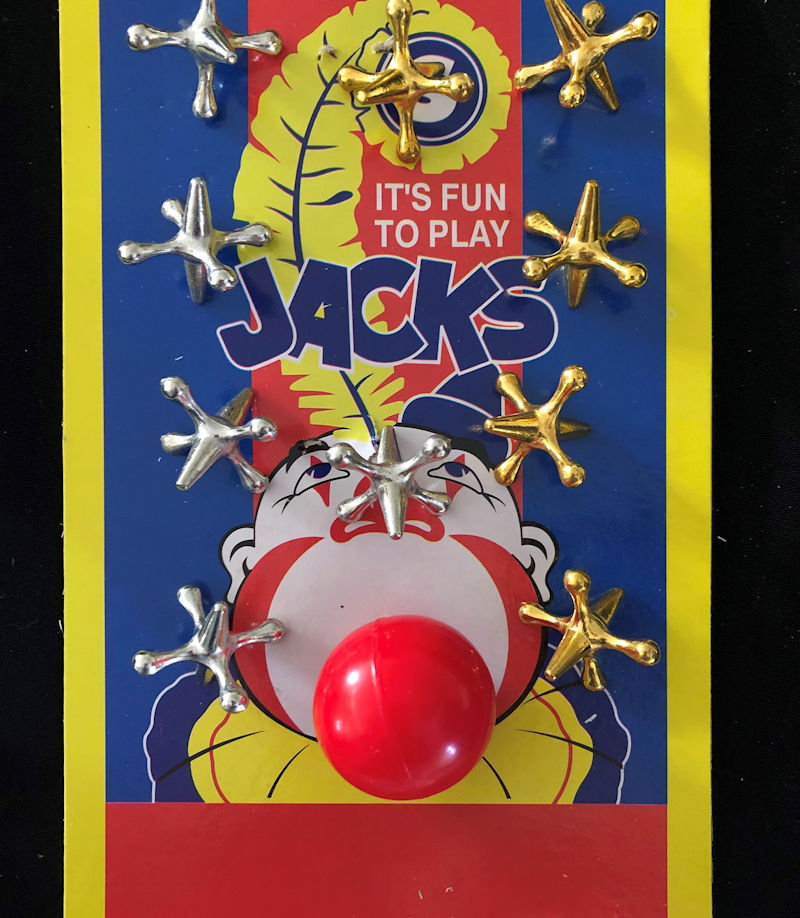
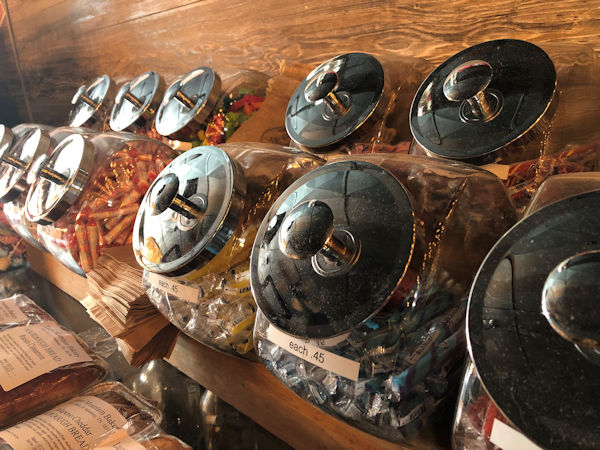 Dining in 1806 is the main event, and the restaurant offers a full menu with a salad bar, soups, and sandwiches. One of the most popular items is a staple at any general store; the bologna and cheese sandwich. All of the menu items can be served up quickly, followed by homemade pies, cakes, and cookies. The Coca-Colas are those little ones, and they’re ice-cold. And, yes, you must use a bottle opener. They’ll show you how it’s done.
Dining in 1806 is the main event, and the restaurant offers a full menu with a salad bar, soups, and sandwiches. One of the most popular items is a staple at any general store; the bologna and cheese sandwich. All of the menu items can be served up quickly, followed by homemade pies, cakes, and cookies. The Coca-Colas are those little ones, and they’re ice-cold. And, yes, you must use a bottle opener. They’ll show you how it’s done. Large groups and club meetings have room to spread out in spacious back dining halls. Gantt is bringing some of his favorite historical collections from home for history buffs for this private section of the hyper-local museum. These rooms will be opened and ready to receive family gatherings in the next few weeks. All the while, Gantt never stops dreaming of another project.
Large groups and club meetings have room to spread out in spacious back dining halls. Gantt is bringing some of his favorite historical collections from home for history buffs for this private section of the hyper-local museum. These rooms will be opened and ready to receive family gatherings in the next few weeks. All the while, Gantt never stops dreaming of another project.
